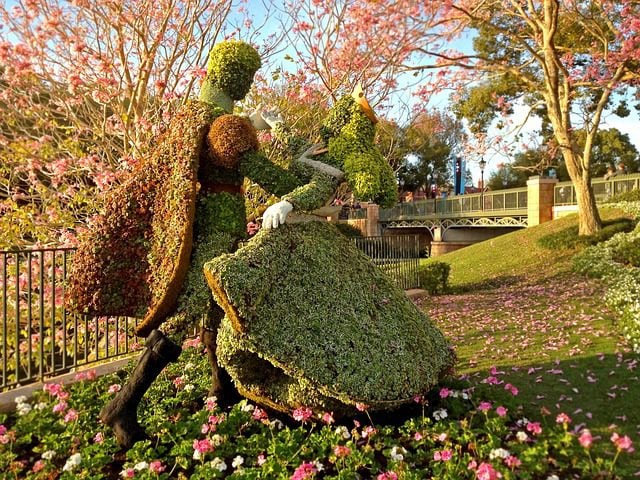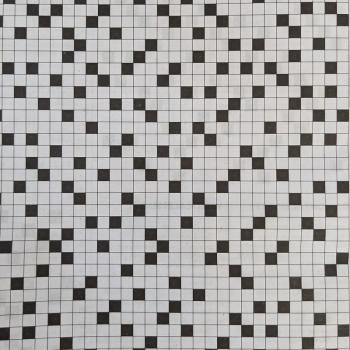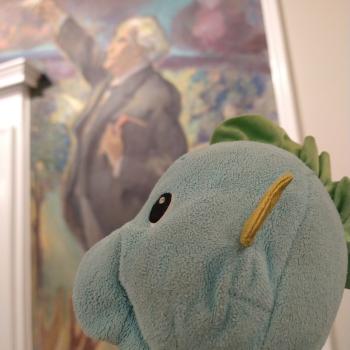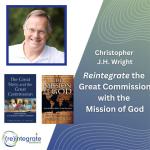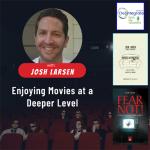There’s a lot of talk these days about the fragmentation of American culture. While America has always had an important level of religious diversity, today we just don’t seem to have anything in common. We live in separate moral universes, and we seem to encounter each other only on the battlefield. Our imaginative worlds are also separate; everyone watches different movies and shows, reads different blogs, listens to different music.
There’s a lot of truth to this. But there is one exception – an exception so enormous that it points the way toward hope for renewal of a shared culture. The creative world clustered around John Lasseter, which might be called “the New Disney” – Pixar and, since 2006, Walt Disney Animation Studios – speaks to everyone.
The New Disney did not get everyone’s ear merely by turning up the volume – by appealing to the lowest common denominator. Quite the contrary. All its works point us toward a transcendent ethic. They teach us the meaning of life in light of the good, the true and the beautiful. The New Disney teaches us the transcendent meaning of death (Toy Story 2) and happiness (Inside Out) and love (Frozen) and the heroic (The Incredibles) and manhood (UP) and womanhood (Brave) and parenthood (Finding Nemo) and brotherhood (Toy Story) and work (Princess and the Frog) and politics (Toy Story 3) and commerce (WALL-E) and art (Ratatouille) and technology (Big Hero 6).
This is why the New Disney is so successful. People want the transcendent, and the rest of Hollywood has forgotten how to provide it. Lasseter and his circle brought the Old Disney to its knees by competing with their mindless schlock and (in effect) driving them out of the market.
And they do this for people across all sectors of American culture – across all divisions of religion, party and ideology. This is what points to hope for a renewed culture. If they can do it, so can others.
Of course, we can’t build a culture entirely on movies. At some point, we must have not only shared artifacts that point us toward the transcendent, but a shared system for adjudicating disputes. The question of authority, and hence of the social role of religion, cannot be avoided forever. But while we wait for a new Locke to point the way on that question, it is encouraging to think that we already have the new Shakespeare – the shapers of moral imagination.
Does a comparison of animated movies to Shakespeare seem farfetched? Consider five recent movies from the New Disney:
Ratatouille (2007) – This is not a movie about cooking but a movie about art; cooking is just the art the filmmakers selected to make their point. Nothing important would be different if this were a movie about a rat who painted or made music. The main point of the movie is that art has an independent claim on our loyalty. It transcends both nature, in the person of Remy’s father (“you can’t change nature, son!”) and social authority, in the person of Anton Ego (“that was my last word – THE last word”). A slogan that had seemed at first to be facile egalitarianism (“anyone can cook!”) is revealed, in Ego’s climactic speech, to contain a transcendent power capable of forcing both nature and convention to bow before it.
Princess and the Frog (2009) – This movie is about work and business. Aristocrats who feel no need to work (Prince Naveen and Charlotte) are superficial fops; they gain dignity when they learn to support themselves through their own efforts. Those who covet the money and power work creates fall into the grip of dark forces. But even among those who work for nobler purposes, there is an irresolvable tension. We must – it is our nature – strive to build and create, to dream big and then work hard to make our dreams come true. However, those dreams can also consume us, and injustice or misfortune can take it all away. We must learn to be content if our work does no more than provide us with what we need.
Toy Story 3 (2010) – This, strange as it may seem, is a movie about politics. The nature of political community grows from our understanding of the meaning of human life, and the great political conflict of our own time is between two views that are contrasted in this movie. If we exist to serve a purpose higher than ourselves, the political community can have a standard of justice that transcends the will of the rulers. Hence the toys in a good child’s room, who exist to serve the child, have a free and virtuous social order. But if we have no higher purpose – if, as the villain declares, “we’re all just junk headed for the dump” – then our rulers will treat us accordingly. Hence the toys in the day care live in a prison camp. (WALL-E touched on similar themes, although in a more economic context; those who live for nothing but pleasure are fit for nothing but slavery.) Over against Hayao Miyazaki’s attempt to build an anti-political cosmos in Howl’s Moving Castle and The Wind Rises, Toy Story 3 upholds the nobility of the political vocation and the justice – articulated by no less a philosophical authority than Barbie herself – of government by the consent of the governed.
Frozen (2013) – This is a movie about love, and on many levels. Most obviously it subverts the cheap romanticism of our popular culture (not least that of the Disney classics!) by showing that real love must be grounded in the family as a whole, rather than in the isolated relationship of two people who fall in love. More profoundly, though, it shows us what love really is – not an emotional state but an act of will. Love is not fun, or not most of the time; it’s costly and it’s hard work. Olaf could not have expressed the movie more clearly: “Love means putting other people’s needs ahead of yours.” But it’s worth it, for the alternative is a frozen heart – is death. The insipid narcissism of our time is summed up in the moral of The Lego Movie: “everyone is special if you just believe in yourself!” Frozen shows that what really lies inside us, once we isolate ourselves from family and community, is a deadly abyss of guilt and fear.
Inside Out (2015) – I hadn’t thought it would be possible, but Inside Out is an even more powerful subversion of our culture’s cheap romanticism than Frozen. It is (obviously) a movie about happiness, and it expresses what may be the greatest paradox of the human soul – that those who live for the sake of their own happiness can never really be happy. Joy is the life-force, the source of activity, creativity, perseverance and hope. But the attempt to orient life a whole around joy requires us to kill important parts of our own nature. It is only through Sadness that we learn and grow and become wise. Joy must surrender control to Sadness and be ready to take whatever comes of that surrender. But when she does, if she truly surrenders control, a mystery beyond our understanding follows: Sadness surrenders control back to Joy. For he who seeks to save his life will lose it, while he who gives up his life will save it.
Image: Pixabay


